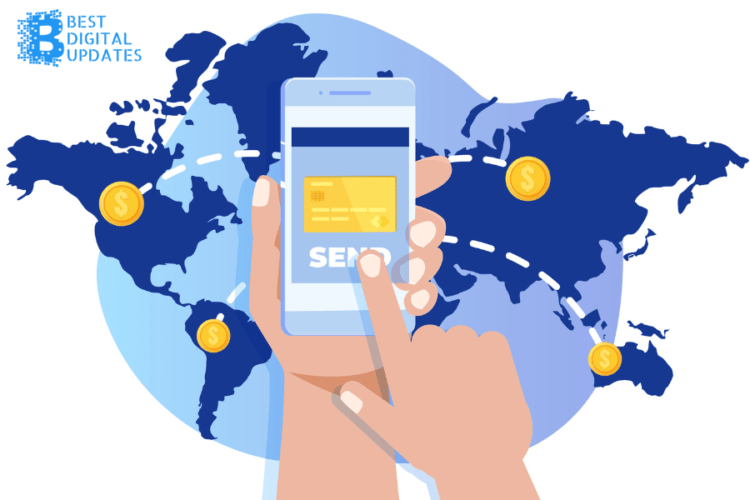Managing international business payments can be a difficult task. From the moment you start accepting payments from your international customers, you’ll need to ensure that you comply with the laws and regulations and that you can send money internationally on time.
Whether you’re running a small or big business, expanding your reach by selling to clients outside of your country is a great way to encourage growth. Taking advantage of global opportunities is becoming increasingly vital to business success. Here are some tips you can apply to your company to manage international payments adequately.
1. Negotiate Currency Exchange
Table of Contents
Currency exchange is converting one currency into another at a given rate. In business, it’s often necessary to convert one currency into another so that a company can pay employees and suppliers located in foreign countries.
When doing a currency exchange, two main factors affect the rate: supply and demand. Generally, the more people who want to buy a particular currency, the higher its value will be because there’ll be fewer available. Likewise, if there’s a shortage of the currency you want to buy, its value will be lower than usual because it’ll be difficult for you to get your hands on it.
2. Understand Transaction’s Total Cost
In business, it’s essential to understand the total cost of a transaction. It is especially true when considering the cost of doing business with a particular supplier.
When considering the total cost in business payment terms, it’s crucial to consider both fixed and variable costs when determining how much money you’ll spend on any transaction. You also need to consider whether any discounts are available and whether they apply to all items or just certain ones because this can affect your discount rate.
3. Consider Payment Terms
If you’re a business owner, you should always be aware of the payment terms your customers have agreed to. These terms will vary depending on the industry that you’re in, but it’s important to know what you can expect from your clients.
Ensure that your invoices have all the necessary information, such as invoice number and date, amount due, billing address and contact information, tax rate, and other details related to your business. It will help ensure that your invoices are accurate and complete, and you know the current fees on international money transfers, so there’s no question about what needs to be paid or when.
4. Open Foreign Currency Account
You might consider opening a currency account with your bank if your business operates overseas and often receives or makes foreign currency payments. It can be a complex and stressful process, but it has several benefits. You control when and how to execute your exchanges. Also, while not converting currencies is the cheapest option, having foreign currency accounts allows you to keep balances that you can utilize to pay out in the future.
5. Consider The Timing
Timing is everything. When making international transfers, it’s helpful to know if some days or weeks are more convenient and which should be avoided. There are certain periods when profitability can rise or fall, depending on daily, weekly, and monthly patterns and trends. A good example would be the market volumes, and prices can change drastically in the morning, meaning it might be worth avoiding international payment transactions during these hours.
6. Use Payment Gateways
International business payments can be a hassle, but online payment gateways can make them more accessible. Having global payments is an asset for enabling growth for your business. Using an online payment gateway for your international business payments can reduce your fees and allow you to accept various payment options, including debit and credit cards.
7. Maintain Individual Supplier Records
In business, there are several ways that you can keep track of your suppliers. You can save a list of names and contact information on a piece of paper or an Excel spreadsheet. But this method is not very efficient because it’s challenging to find information when you need it.
Final Thoughts
These tips will walk you through managing international payments, from negotiating currency exchange to understanding the transaction’s total cost to considering payment terms, opening a foreign currency account, and considering the right timing. Next is using payment gateways. Lastly, learn how to maintain supplier records to manage everything effectively.
International business payments can be a complicated process. Once you’ve applied these tips, you’ll be able to make payments across borders with ease. Now that you understand how to manage to make international payments, you can now transact with foreign suppliers and investors in the future.




















